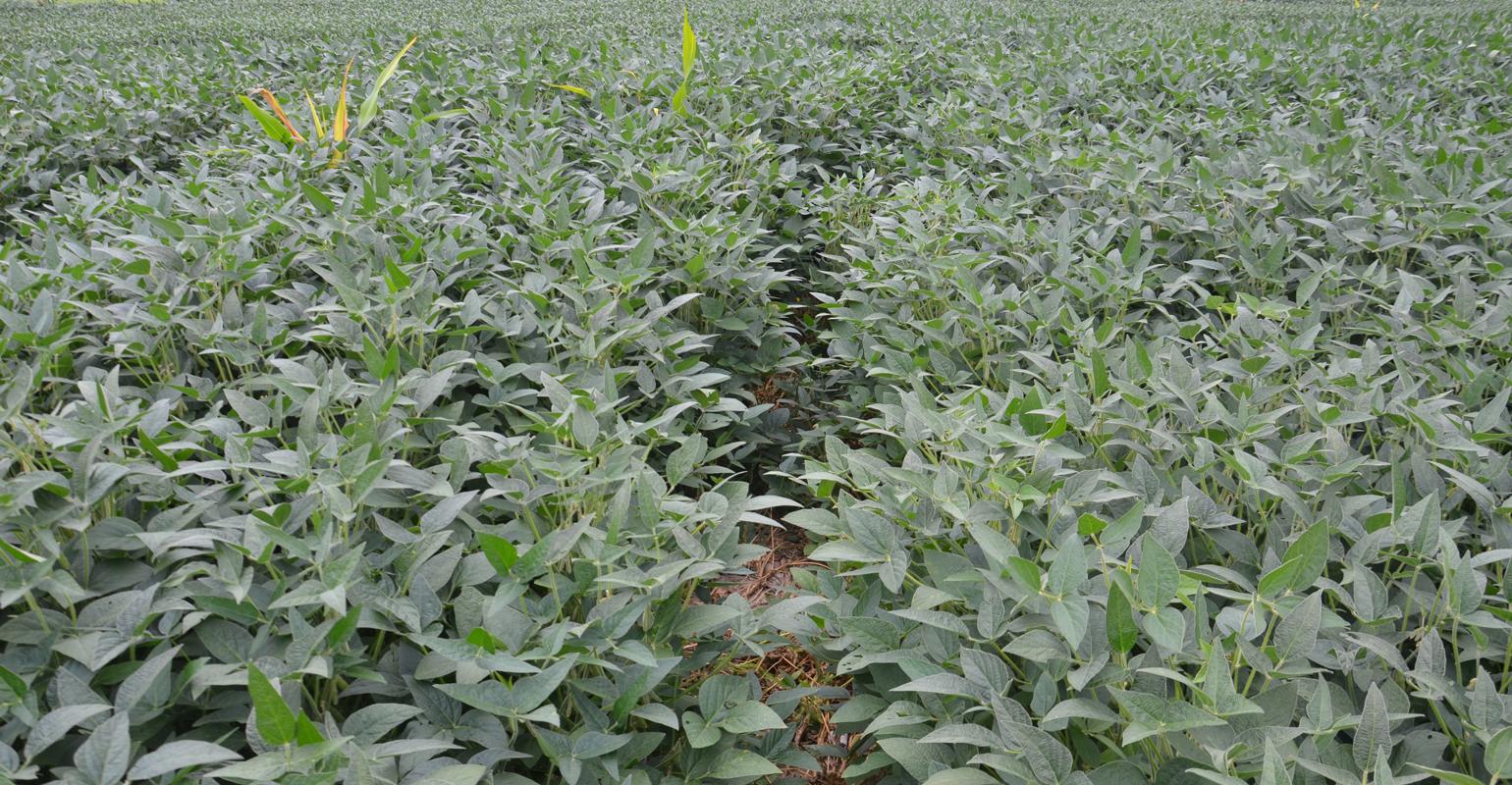Test for fungicide, insecticide benefits in soybeans

Soybean Pest Beat: The trend is toward applying fungicides on soybeans — but does it pay?
Sep 01, 2021
My neighbor applied fungicide and insecticide on his soybeans. We did not. Based on what he is saying, my yields are comparable to his. I saw a sample of his beans at the elevator, and it did look cleaner with no damaged beans. Should I consider fungicides and insecticides next year?
This month’s Indiana certified crop advisers panel includes Traci Bultemeier, an agronomist with Pioneer near Fort Wayne; Jesse Grogan, a retired agronomist based in Lafayette; and Bryan Overstreet, an ag educator for Purdue University Extension in Jasper County.
Bultemeier: As an adviser and soybean farmer myself, I have seen the positive effects of the insecticide-fungicide combination on soybeans, sprayed at R3 growth stage, year after year. While it’s always important to scout fields and practice Integrated Pest Management, known as IPM, soybeans have the ability to show improvement in their profitability as a result of this application. Having consistently witnessed this improved performance, in yield advantage and/or higher-quality grain, I believe insects and diseases have a much bigger effect on bean yields than what we really understand about the thresholds.
Correct growth staging and application timing at R3 is priority if you are going to make a prophylactic application. This is also an easy question to answer for yourself by leaving check passes of untreated soybeans.
Grogan: Decisions for fungicide and/or insecticide in soybeans should be based on variety response, disease and pest threat, yield potential, and market potential of the crop. Varieties with a yield response average about 3 to 6 more bushels per acre, but it can be higher if disease pressure is severe. It is critical to apply insecticide-fungicide at the proper time, which is the R3 growth stage, so that the critical portion of the soybean plant is protected.
The fungicide-insecticide combination usually works better than fungicide or insecticide alone. Seed growers usually apply fungicide and insecticide to the soybeans for improved seed quality and are rewarded with premium payments on cost-share programs. This quality value is added to the harvest with the addition of any yield gains.
Overstreet: There is evidence that spraying a fungicide at R3 to R5 can help control cercospora blight, more commonly known as purple seed stain, which can affect seed quality. If you do have issues with pod feeders such as bean leaf beetle and others, the insecticide treatment could help.
With all fungicide and insecticide treatments, please scout the fields prior to treatment to see if you really have an issue, and if the issue has reached a threshold to be treated. If you spray just to spray, it can cause issues in the future with resistance to the pesticide. If you are not receiving a dock on your beans, I would not spend the money on the treatment just to make your beans look pretty at the elevator. Once they are dumped at the elevator, the end market will never know the difference.

